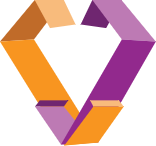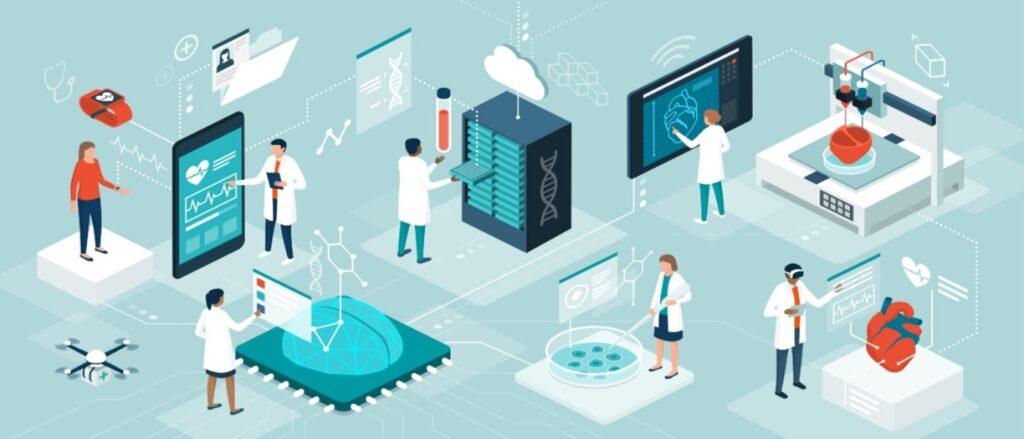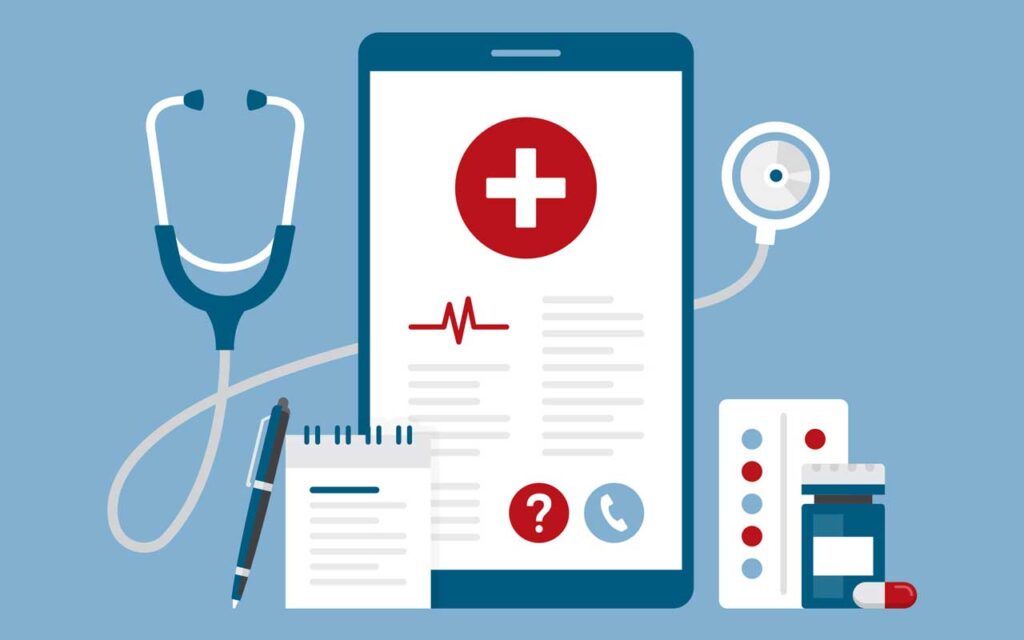Predictive Patterns Provide Solutions to Improve Post-Acute Care
Predictive Patterns Provide Solutions to Improve Post-Acute Care


Data Science is considered a relatively new profession, but it first emerged in the 1960’s to help make sense of vast stores of data that were now possible to collect, process and analyze through the advent of computers. By 2008, D.J. Patil and Jeff Hammerbacher had coined the term “data scientist”, and by 2012, the Harvard Business Review was calling it “the sexiest job of the 21st century”.
Examples of how data science was successfully used by companies such as Google, LinkedIn, Facebook, Amazon, and even Starbucks only helped to make the case that every company could benefit from this new profession. The success achieved using automated methods that analyze massive amounts of data and extract knowledge from them has pushed demand for these experts. Last May, in a report from Quant Crunch, IBM predicted demand for data scientists will increase by 28 percent by the year 2020.
For the healthcare industry, data scientists are the key to changes currently underway that are revolutionizing the industry by improving patient outcomes and providing value-based results that, at the same time, lower costs and reduce wasteful spending.
However, the access to massive amounts of data—which continues to exponentially increase —is not the end game. The ability to harness data in meaningful and interactive ways using multiple tools and technologies is what ultimately will help us identify patterns in data that can then be personalized and applied to make decisions. To make sure those decisions lead us to a lower-cost/best-outcome result, we need to make sure the data that is analyzed by the system are accurate and relevant.
In a Vast Landscape of Massive Data, Pattern Recognition is King
Standing too close to the data will cloud the “big picture” and result in a failure to recognize the patterns that are evident at a distance. Standing too far without being deliberately systematic will lead to patterns that make good anecdotes but are not predictive. In post-acute care, this failure results in services that are more expensive and less effective—this is what we call pattern poison.
Pattern identification, for example, can be the antidote shared by members of a group of patients with an avoidable readmission event due to lack of information. Identifying factors shared by members of the group with undesired outcomes make it possible to advise providers about how to prevent or diminish the impact of such factors. Examples can be as simple as recognizing that a patient’s health outcomes improve when:
- A healthcare provider speaks the same language as the patient or other family members
- There is easy access to a primary care physician (PCP) to consult with after a hospital discharge
- Appropriate transportation is available to attend follow-up and PCP appointments, or…
- Adherence to discharge instructions provided by the doctor are followed
Data scientists are revolutionizing the healthcare industry with their analysis and insights. In the post-acute care industry, pattern identification—and tailoring a pattern poison antidote—is already making a difference by improving patient outcomes, helping providers deliver care and collaborate to lower overall healthcare costs for payers, while improving our nation’s healthcare system.
Related Blog Posts

A Good Night’s Sleep for Better Health
Why do you need sleep? Sleep is as important to…

4 Healthcare Trends that MA Plans Should Know in 2023
This year will be one marked by significant change and…

Telehealth is here to stay; to meet increased demands, we need innovative technology
Now more than ever, people want to avoid in-person care,…

Predictive Analytics and COVID-19: All Models Are Wrong, Some Are Useful
Predictive analytics can save lives when officials understand their strengths…

AI’s Response to the COVID-19 Pandemic: Leveraging Data to Deliver Better Outcomes
At CareCentrix, we believe that better leveraging data, analytics, and…

Telemedicine in the COVID-19 Era
Telemedicine, defined as the practice of medicine using electronic communication,…
